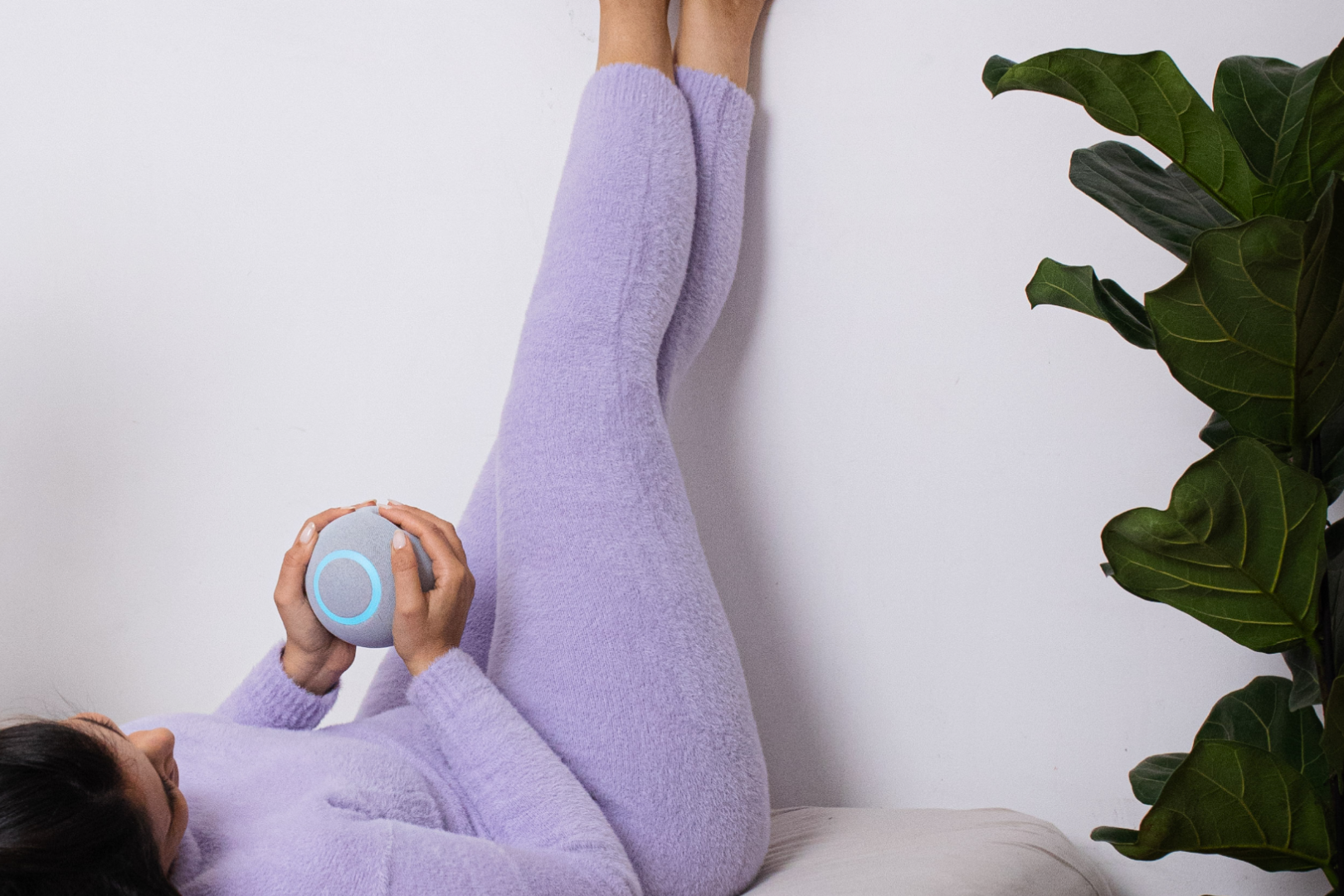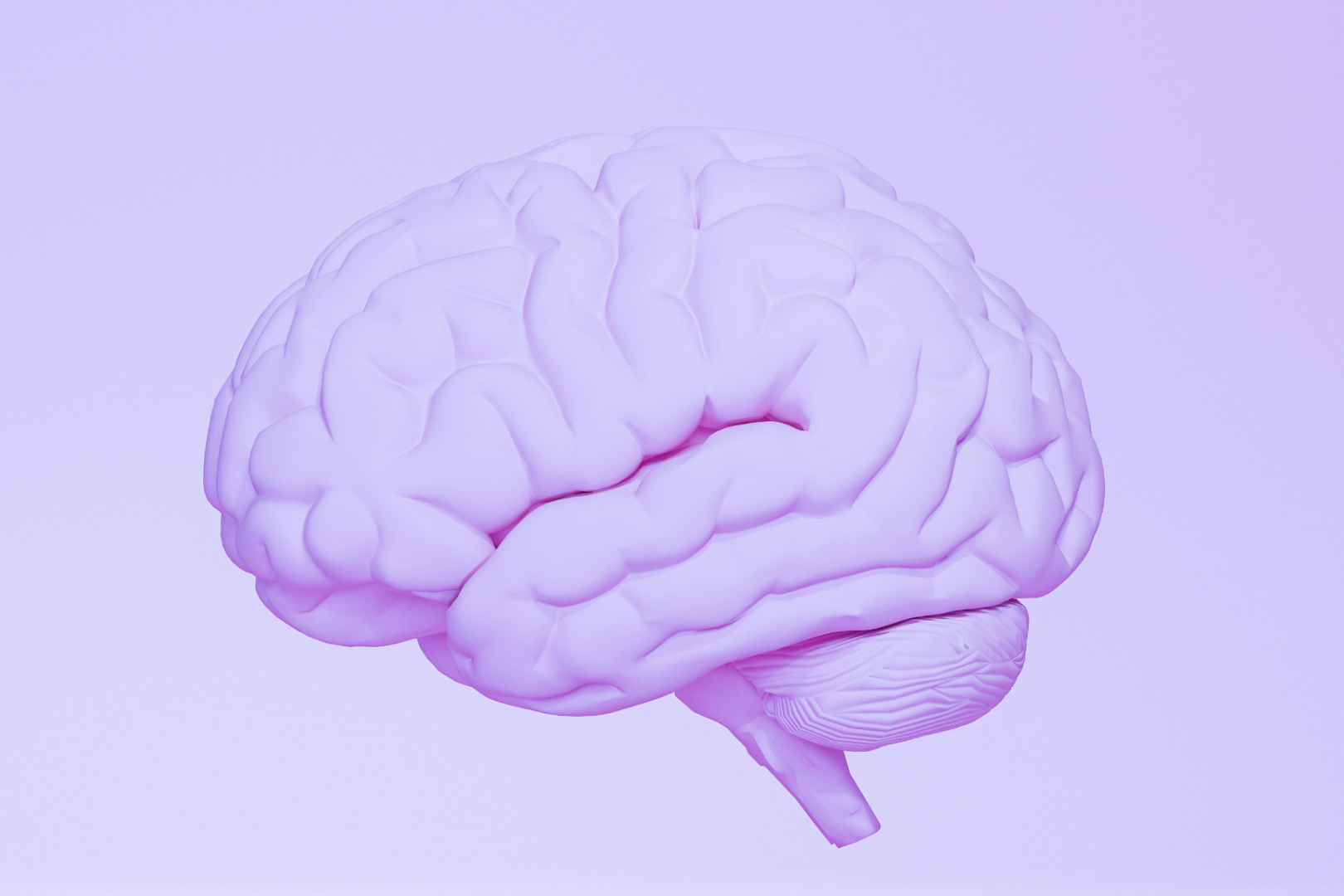No man or woman is an island.
We are all connected, to each other and to the world. Often, external stressors challenge us. People, circumstances, and events can place us under great emotional strain.
At the same time, much of the stress we feel is internally generated, a response to the way we perceive the world and interpret things that happen in our lives.
Because stress is caused by external factors and internal factors, we need coping strategies for both.
What is problem-focused and emotion-focused psychology?
Problem-focused and emotion-focused psychology are two different approaches or strategies to cope with the stress and distress of life.
Broadly speaking, problem-focused psychology is a set of coping strategies that deal with issues underlying the feeling of stress. Examples of those issues include habitual laziness, a difficult in-law, chronic overspending, and numerous others.
Emotion-focused psychology deals with coping strategies for the mental, physical, spiritual, and emotional reaction to stressors or challenges, such as low-grade depression, anxiety, and excessive fear.
Let’s explore these two strategies in more depth, and see when and how to use each for optimal mental health.
Emotion-focused coping: Feelings first
Emotion-focused coping is a psychological strategy to help reduce the impact of stress by working on one’s feelings and emotions. It is inward-focused, meaning that the individual takes steps to address what’s going on inside themselves.
This could involve changing one’s thought patterns, working through issues from childhood that are still triggering today, or learning to accept difficult emotions and live with them. Rather than focusing on the external problem (ie. a difficult boss, a troubled relationship, a chronic health issue), this way of coping is concerned with improving the emotional reaction to the problem, and learning how to respond in a healthier and more regulated manner.
Benefits of emotion-focused coping
One of the key benefits of emotionally-focused coping is that it puts a sense of control in the hands of the individual. No matter what stressors they are facing, one can make the effort to improve emotional well-being and mental health by working on oneself.
There is no need to wait for someone or something to change; the person who practices emotion-focused coping is empowered to do what is necessary to improve their mental health.
There are many methods for emotion-focused coping. Some people prefer talk therapy or CBT (cognitive behavioral therapy), while others find that meditation and relaxation exercises are best. Emotion-focused coping is very flexible. No matter what the circumstances, there is a technique that is appropriate for everyone.
Limitations of emotion-focused coping
Emotion-focused coping can be very challenging for some, as it may bring up overwhelming feelings that are difficult to handle. For people under a lot of stress, or in the midst of an emotionally complicated time, the ‘looking inward’ that emotion-focused coping requires may simply be too much.
In fact, the impact of emotion-focused coping was part of a Dutch study of over 1000 participants who were suffering from some degree of loneliness. The research concluded that among those individuals who practiced emotion-focused coping, there was actually an experience of increased loneliness. The process of dealing with loneliness at an emotional level appeared to make participants feel worse, which only enhanced the loneliness loop.
Another limitation of this method is that it can lead to a less proactive attitude to healing. For example, a person is fired from his job, and spirals into anxiety about it. In order to feel better, he ‘accepts’ that the job was too demanding for his skills and abilities, and takes another job with considerably less responsibility and a cut in pay.
Instead of delving into what happened and growing from the experience, which would have been painstaking work, he simply gave up, and his personal and professional growth was curtailed. Individuals who struggle to connect deeply to their inner selves may not have the capability to truly benefit from emotion-focused coping.
For these people, there is another alternative: problem-focused coping.
Problem-focused coping: Practical & effective
Problem-focused coping is a method that addresses the issue that is causing stress or negative emotion. By eliminating the underlying problem or changing the circumstances, the individual can reduce the impact on their emotional state, and increase their sense of well-being.
Unlike emotionally-focused coping which looks inward to the individual’s inner self, problem-focused coping faces outward. It attempts to find practical solutions to all sorts of issues, so the individual can experience relief from emotional discomfort or pain.
There are endless problem-focused coping strategies that may be effective, depending on the specific problem. For example, if an individual is struggling with a toxic workplace, a problem-focused approach would be to lodge a complaint with HR or even find a new job.
Problem solving strategies don’t always have to be drastic. Another way to tackle this issue could be daily journaling to help process the thoughts and feelings that arise at work. Because this type of coping is practical and systematic, it can be effective in helping to deal with difficult emotions before they become overwhelming.
Benefits of problem-focused coping
Much of the anxiety in stressful situations is due to a sense of a lack of control. When feelings become overwhelming, it can be difficult to see a way out. Problem-solving coping strategies are effective because they provide a clear and quick solution that can rapidly boost one’s mood.
Using problem-focused coping is a great strategy when dealing with some of the more straightforward challenges and issues that life brings. Especially when there is a clear link between a specific problem and a mental health issue, then problem-solving techniques can be an effective choice.
For example, if a person is suffering from insomnia, a problem-solving approach will deal with improving sleep hygiene, such as avoiding stimulants before bedtime and making sure the bedroom conditions are conducive to sleep.
Limitations of problem-focused coping
Mental health is highly complex. In many instances, problem-focused coping won’t be enough to address the depth or intensity of emotion and truly make an impact on the individual’s well-being.
For example, if a person is struggling with maintaining friendships, it could be because of unresolved emotional issues from past experiences. In this case, it is necessary to do deeper work to explore the thoughts, feelings, and patterns that are causing the problem, rather than just focusing on practical steps.
Another challenge of the problem-solving approach is that ironically it can lead to more stress. In trying to implement practical strategies and tactics, the individual may find they are becoming more stressed about the things they need to ‘do’ to feel better. In other words, problem-solving can end up becoming a stressful distraction from dealing with the root cause of the problem.
So, is emotion-focused coping or problem-focused coping better? For many people in many instances, just a problem-solving approach, or just an emotion-focused coping strategy, won’t be enough. By combining both approaches together, it is possible to find the ‘secret sauce’ and cope in the best possible way.
Integrating emotion-focused and problem-focused coping
In a well-known study, researchers found that 98% of participants used a combination of emotion-focused and problem-focused coping strategies to face life’s challenges and stresses.
This is hardly surprising. Human beings are a mix of emotional and practical. We are driven by deep-seated and unconscious feelings, and also by our conscious cognitive reasoning.
In addition, research has shown that while girls rely more on emotional coping, boys are more likely to use problem-solving coping techniques.
The best combination will depend on the individual, according to their personality, emotional intelligence level, and personal preference. For most people, it is important to develop skills in how to combine both coping approaches to best fit their needs.
This begins by recognizing the complementary nature of emotion-focused and problem-focused coping. Acknowledge the fact that there are times when it is wise to take a problem-focused approach, and other times, it will be necessary to focus on emotional-based methods of coping.
Rejoice in the fact that both of these approaches are available to you, and by integrating them in your personal coping toolbox, you can find the key to mental health and wellness, no matter the situation or stressor.
What’s my personal coping style?
According to research in Northern Italy, the choice of whether to use problem-focused or emotion-focused coping strategies is somewhat dependent on the individual’s perceived self-efficacy. For example, girls typically see themselves as being stronger in emotional coping, while boys see their strength in problem-solving methods. This self perception will affect the way people choose to cope with stress.
Boys can of course be great at emotional coping and girls can also be excellent at problem solving. The best place to begin when trying to decide your personal coping style is by looking at yourself as an individual, how you typically cope with stress, and what you can do to better integrate both coping styles.
Self-reflection exercises to identify personal coping style and preferences
Self-reflection is a key to mental health overall, and is also critical in getting to know which coping strategies you prefer. You can practice self-reflection by examining past coping experiences and even writing them down to get more clarity.
Think about a time when you were very stressed or overwhelmed by emotional tension. What were your symptoms? How did it impact your life? What steps did you take to feel better? What emotional work did you do to cope? What were the factors that had the most impact or were most helpful in healing? Were these practical solutions? If so, what were they? What emotional techniques or tools did you use? How long did it take for the stress or anxiety to pass?
By answering all these questions and reflecting on your coping mechanisms, you can see how you typically function under stress, and identify gaps where you could try other approaches – both problem-oriented and emotion-oriented.
Considering the context and nature of the stressor or challenge
Now it’s time to think about the stressor that led to the difficult emotions or inability to cope. This is also important to gain a more complete context. Was it a temporary or a chronic stressor? Was the challenge relatively simple to fix, or did it create an overwhelming emotional response that was difficult to manage? Was the stress caused by an objectively difficult individual or circumstance, or was it more to do with the way you interpreted the situation, or the narrative you created around it?
For example, if a student finds that they get completely overwhelmed around exam time, then it is wise to look at the different factors and how they contribute. If an exam carries a particularly significant weight in the student’s future career aspirations, then it is natural for the stress level to be higher.
If, on the other hand, the student ends up in an anxiety spiral over a standard exam schedule that is not objectively strenuous, then it may be that their coping mechanism is awry. This detailed context is important to consider which coping strategy, or combination of strategies, is needed.
Factors to consider when selecting an appropriate coping strategy
In order to figure out which coping strategy is best for a specific individual and situation, there are several factors to take into account. If the stress can be managed by solving the problem at the source, this can be the first place to try. If the stress is too much, and practical problem-solving is not helping, it might be time to try emotional techniques.
Of course, some problems will not be solvable by practical means. If this is obvious at the outset, it’s a good idea to go straight to emotional coping techniques, with professional guidance if necessary.
Here are the questions and factors to consider when choosing an appropriate coping strategy:
- Can the stress be managed by changing an external circumstance?
- If so, what are the steps to make the necessary changes?
- How quickly can these changes bring emotional relief?
- Is the stress or emotional burden overwhelming or out of control?
- What are the symptoms of the excess stress and emotion and how is it impacting your life?
- Are there techniques or tools you can use by yourself or with social support to relieve your stress or emotional burden?
- If not, what professional support or guidance could be of help to the particular circumstance?
- Are these resources readily available, and if not, how can you locate them?
When you need professional guidance and support
There will be times when the impact of stress is too great to manage alone. Then, it is a good idea to consult with a mental health professional or qualified therapist who can guide you on the best path to coping.
Mental health professionals are well versed in the variety of tools and techniques available to cope with stressors and challenges. A professional therapist or counselor has the skill and knowledge to help you figure out the right combination of coping strategies, including problem-solving techniques and emotion-based therapies.
For example, an individual consults with a therapist because she is extremely shy and finds it hard to meet new people. This is a great source of stress and strain on her social life. After a few consultations, the therapist can see that the individual does not have a deep, underlying emotional issue; rather, she just needs some guidance and tools to build confidence in social situations. This requires a problem-solving coping strategy.
In another case, the therapist learns that the individual is often triggered in social situations because of a difficult childhood in which she felt misunderstood. The therapist guides the patient with relaxation exercises and biofeedback, so she learns to observe her difficult thoughts and feelings as they arise and cope with them better in social settings. This is an example of emotional-coping strategy.
How professionals can utilize biofeedback in coping treatments
Biofeedback is popular among therapists, thanks to its good results in treating anxiety, depression and other mind-body issues.
During biofeedback, the individual is connected to a biofeedback device that measures and displays the body’s physiological responses in real-time. During guided meditation and other mental exercises, the patient can ‘see’ how their body is reacting to certain thoughts and feelings as they occur. In becoming more intimate with their own reactions, the individual can train themselves to better cope with stressful situations and feelings.
Biofeedback can be both a problem-solving and emotion-focused coping technique. It helps in problem-solving by giving the individual practical knowledge about their physical and emotional responses to stress. They can then apply that knowledge in everyday stressful situations to effectively control stress.
At the same time, biofeedback provides the individual with an empowering vision of their inner world – what triggers them, what thoughts arise under stress, what feelings those thoughts create, how emotions impact their physical well-being and more.
By using biofeedback with meditation, the individual connects with the rich tapestry of their emotional world, which is key to maintaining calm and consistent mental health.
Emotion- or problem-focused: Make the best decision for you
Both coping strategies have their benefits and limitations, and both have their place in the mental health toolbox.
Make sure to consider your individual needs, strengths, and preferences, and put these in context with the specific situation or circumstances that are causing you stress. This will help you decide on a coping strategy or a combination of emotion-focused and problem-focused coping that feels right to you.
Remember, every situation and emotion is different, so you’ll need to continuously evaluate and adjust your coping strategies. With vital social support and professional guidance as needed, you’ll be well on the road to coping with stress in the most effective and appropriate way.






